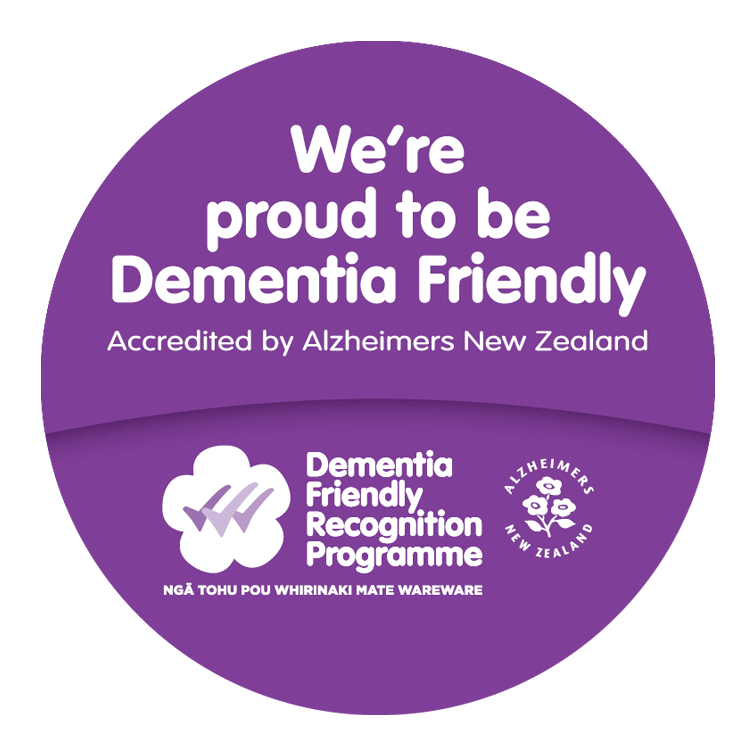Why the AIDS tragedy should give us hope
The situation we find ourselves in today with COVID-19 took my mind back 30 years, to a time when the world was grappling with a new and frightening virus that – for the moment – had us all stumped.
The first that mainstream medical doctors learnt of AIDS (Acquired Immune Deficiency Syndrome) was the appearance in 1981, in New York City and San Francisco, of small groups of gay men with unusual infections and cancers, otherwise usually restricted to people with severely compromised immune systems.
Almost all the patients died of serious infections. Their immunity was severely depressed.
For a few years the only treatments were directed at their serious infections, not at the heart of the disease itself, the virus that was destroying their immune system. That was unknown.
Three or so years later Human Immunodeficiency Virus, HIV 1985, had been identified and there were tests to measure blood levels.
From that stage multiple existing drugs were investigated if they might defeat HIV. The first, AZT, was a cancer drug that blunted the reproduction of the virus. While this was not a cure, it did slow the acquired infection rate in 1987. Over the next few years a number of new anti-HIV drugs were developed, mostly from scratch, targeted against the virus.
These were not easy developments. I was involved in mid 1990s with one drug which worked brilliantly for a few days, tearing the virus levels down to be almost undetectable.
But HIV was no ordinary target, it mutated rapidly, and after a few weeks the virus reappeared, at this stage resistant to the drug.
Subsequently patients with HIV infection were treated with multiple drugs, which profoundly reduced the risk of mutations which produced resistant versions of the virus. Dr Tony Fauci from NIH in USA, as today, was the prime leader in the fight.
Over the years 50 million people have been affected by HIV. Prior to, and in parallel with the New York experience, the virus was found to have been rife in parts of Africa for many years. It was never recognised as HIV. Transmission occurred through sharing of blood, sex, and use of shared intravenous needles. People were diagnosed with the infections they had acquired, particularly pneumonias. Most of the patients became very skinny before they died, and were labelled as slim disease.
Science began to understand HIV, and build the ammunition against it. The public health directions were complex, until the modes of transmission had been firmly identified.
HIV was most common in the gay community where multiple sexual relations were common. This coterie, together with intravenous drug users, constituted populations targeted by some communities as undesirable, and as their own fault.
Such judgemental opinions were abandoned as blood transfusion and heterosexual activity were found to be common causes of transmission. Tens of thousands of people died merely because they required a transfusion as part of their hospital surgery.
Similarly, individuals with haemophilia, who were treated with blood products from donors, suffered the same.
Heterosexual sex was found to be as common as gay sex for transmission. The stigma has disappeared, largely. Public health recommendations based on the routes of transmission had to be followed for years not weeks.
Today, with modern drugs, HIV is a chronic disease which can be managed adequately without too much shortening of life.
What a difference 30 years makes! We have come a long way.
COVID-19 was identified as the illness within a few weeks – not years.
Its genetic sequence was identified and shared less than a month after first clinical diagnosis. Within another month, after tens of thousands of individuals had been infected in China, clinical description of the disease had been defined, and the older population and those with other chronic diseases like heart disease and diabetes were clearly designated high risk.
The path forward is to develop a vaccine against coronavirus, and currently there are over 35 vaccine agents in development.
Almost certainly this will be successful commercially by 12 to 18 months.
The tragedy for HIV is the particular biological nature of that virus is that there is still no effective vaccine, and all control depends on the anti-viral drugs.
For coronavirus there are multiple drugs which might be repurposed as effective anti-viral agents and are in different stages of testing.
There are plenty of patients which makes the task easier. With the assistance of artificial intelligence, entirely new drugs are already being designed. With this form of virus it is almost certain that a vaccine will be effective. In the interim some anti-viral agents are likely to be identified to hold the fort. Lockdown is an effective path to aborting the infection.
Whereas patients affected with coronavirus exhibit a fatality rate of 1% to 2% for HIV before treatment the death rate was heading towards 50%.
The world of today is a healthier place than the HIV world 20 to 30 years ago.
Which should give us all a degree of hope in the weeks and months ahead.
About Doug:
Dr Doug Wilson is a physician, medical academic, writer and is a consultant to Ryman Healthcare.
For the past 30 years he has monitored the scientific literature as it relates to ageing, and the conditions that may interrupt your enjoyment of that process. His background as a physician, a scientist, and a developer of new drugs, he's well placed to distil clear messages from the huge forests of data that exist and confuse.
Doug’s aim is to cut through the fads and fallacies to concentrate on the core issues and the physiological and psychological reasons behind them.
Armed with this information, we can plan for our older years to be golden years, not tarnished, confused or stressed years.




